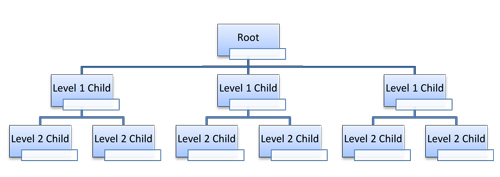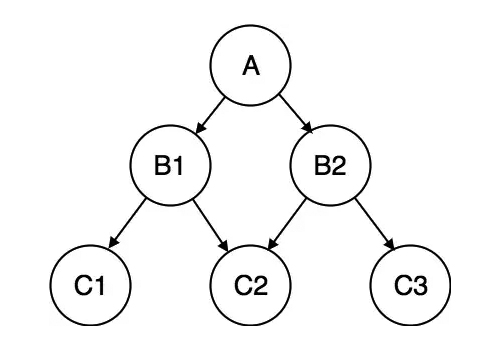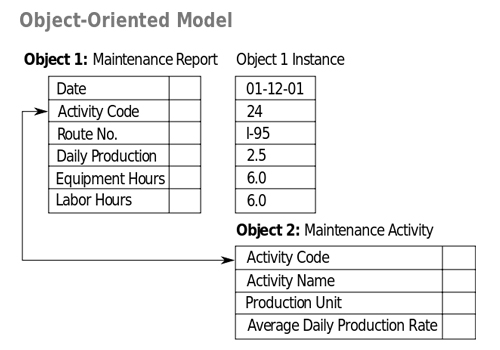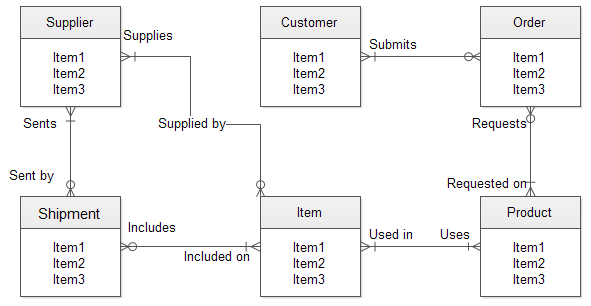A database management system (DBMS) is a software for creating and managing data in the database. It allows users to manipulate data and database structures. In other words, DBMS stores information in a manner that is easy to read, update, delete, and scale.
What is a Database?
The term database refers to a collection of information organized in tables and stored on a computer system.
Features of a Reliable DBMS
1. Minimum Redundancy and Duplication
An efficient database management system can control duplication of data and redundancy. Data duplication consumes the free space available in a computer’s memory.
2. Usage of Query Language
DBMS relies on a query language like SQL for searching, sorting, and altering data. SQL (Structured Query Language) enables users to interact with databases without hassle. For instance, you can use a simple SQL statement to fetch data from a MySQL table as below:
SELECT studentadmno, firstname, email FROM tbl_students WHERE studentadmno = ‘1234’;
3. Data Backup
A backup protects your database against data loss. Most importantly, the DBMS should create a duplicate of the files stored in a database for recovery purposes. That helps in reconstructing data if it gets corrupted or lost. Reliable database management systems support both logical and physical data backup.
4. Saves Storage Space and Cost
Organizations spend a lot of money on data storage, and these database systems store lots of data. Therefore, proper integration of data is so important to allow the DBMS to save much more space.
5. Security Protocols
Data security is critical, and its protection enhances integrity. An efficient database management system possesses the following security controls:
- Encryption
- Data resiliency
- Authentication
- Backup and recovery
- Access controls
ACID Properties in DBMS
To maintain consistency in a database, ACID properties must apply. ACID stands for Atomicity, Consistency, Isolation, and Durability.
- Atomicity – It is the property of a database transaction to either commit (complete) or abort.
- Consistency – The quality of maintaining data integrity (wholeness and accuracy).
- Isolation – Ability of concurrent or simultaneous transactions to take effect without interrupting each other.
- Durability – The state of data should remain permanent in a database once a transaction commits (ends successfully)
20 Examples of Popular Database Management Systems
- MySQL Database
- MS-Access
- Microsoft SQL Server
- Oracle Database
- MongoDB
- IBM DB2 DBMS
- Amazon RDS
- PostgreSQL
- NoSQL
- File Maker
- Ingres
- Fox PRO
- Sequel PRO
- Red Brick
- Robomongo
- Adabas
- Apache Cassandra
- Uni Data
- DataCom
- Versant
Types of Database Management Software
a) Hierarchical Model
This model stores data in a parent-to-child relationship node, each representing a particular node. A hierarchical data management solution supports one-to-one (1:1) and one-to-many (1:M) relationships.

b) Relational Data Management Model
A relational solution stores data in 2-dimensional inter-related tables, also known as relations. Each row represents an entity and each column represents the properties of the entity. It is a popular choice among data modelers.

c) Network Model
The network system is an extension of the hierarchical model, and it enables many-to-many relationships. In some cases, more than one path to the same record may exist, and this facilitates quick and easy access to data.

d) Object-Oriented Database Model
An object-oriented solution handles the database as a group of objects or reusable software components. These objects have related features and procedures. Therefore, the ultimate goal of this model is to represent entities as objects and store them in a database.

e) Entity-Relationship (ER) Model
ER models classify the object of interest as an entity. Consequently, the properties or attributes of these entities are linked to other entities as relationships. The ER diagram can act as a blueprint to guide the implementation of an Entity-Relationship database.

Advantages of Database Management Software
A DBMS can benefit users in many ways, including:
- Provision of better security for data
- Support for data sharing
- Effective integration of data
- Serving as a reliable source for decision-making e.g. by analyzing data stored in databases
Conclusion
Nearly all sectors in the modern world use database software. You will find them in the banking industry, economics and finance, airlines, sales and marketing, human resource, telecommunications, education, human resource, health, and more.
Nowadays, most enterprises prefer cloud solutions for data storage. All in all, DBMSs still run the show. Let us know if you need help or any support regarding databases.
Contact us at Falcon Writers Hub.

